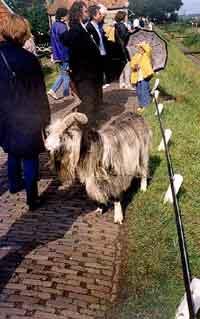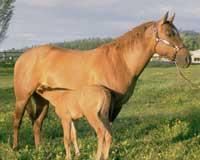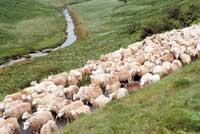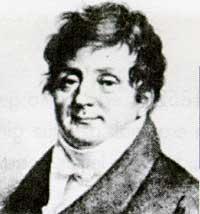The goat, faithful travel companion of the man
2001/05/10 Galarraga Aiestaran, Ana - Elhuyar Zientzia
To reach this conclusion, the mitochondrial DNA of 88 goat groups from Greece, Mongolia, Iceland and South Africa has been analyzed. This DNA is transmitted through the mother and after observing its changes, they have seen that goats were domesticated in three different places at different times.

Other animals have undergone many more genetic changes, for example, the mitochondrial DNA of 50-80% of cows is related to the place of residence, that is, domesticated the local. On the contrary, only 10% of goats are related to where they live. So he traveled with man from one continent to another.
Goats are good travel companions, especially because they adapt well to environments and harsh conditions and can eat almost everything. In addition, they have a suitable size and can be used milk, meat and leather. Although the growth of other animals is now more widespread, 700 million goats grow worldwide, especially in developing countries. And formerly they were carried on board as a source of milk and meat.
According to the researchers, the first groups were domestic. The most widespread occurred about 10,000 years ago in the Middle East, and 90% of the goats studied come from this group.
Another group, origin of 6%, settled in southwest Asia about 2,000 years ago. Finally, the smaller group was domesticated some 6,000 years ago and have seen their mark on some goats in Europe and Mongolia.

Gai honi buruzko eduki gehiago
Elhuyarrek garatutako teknologia






